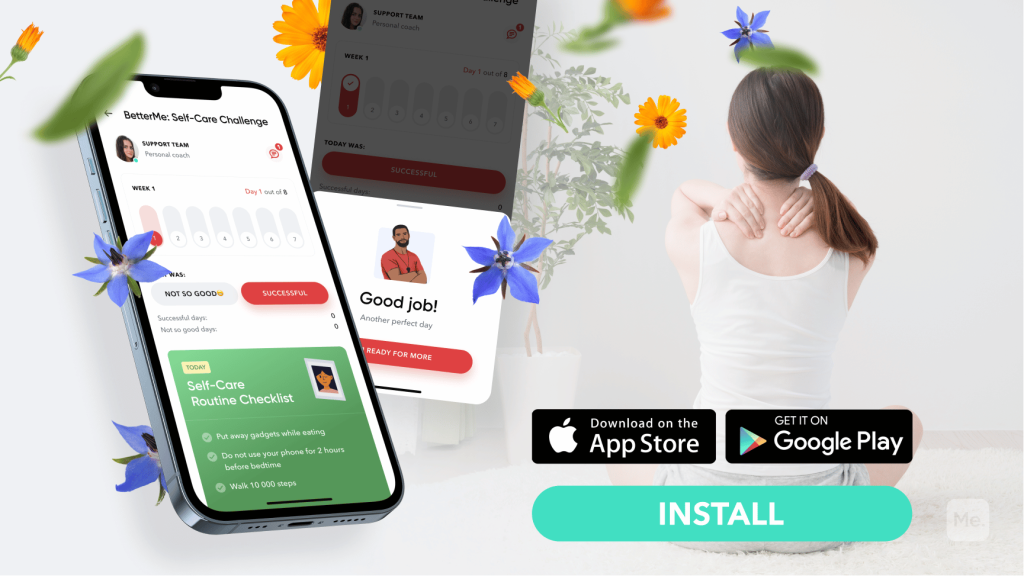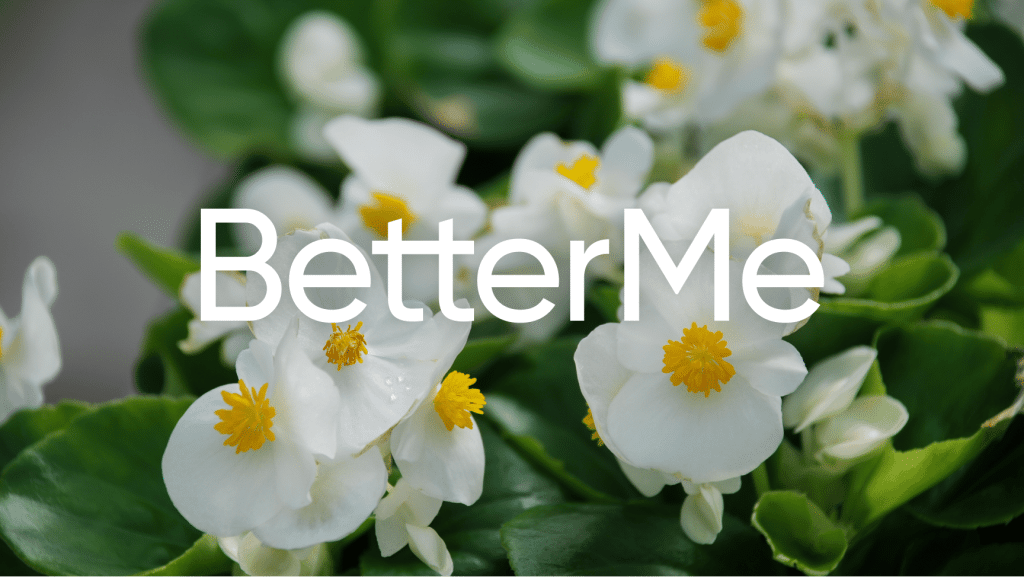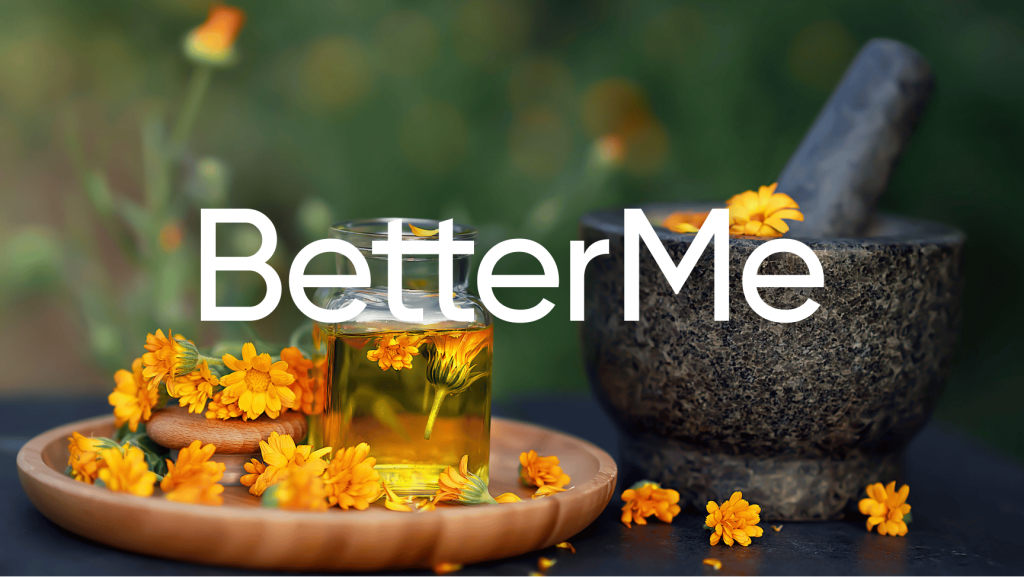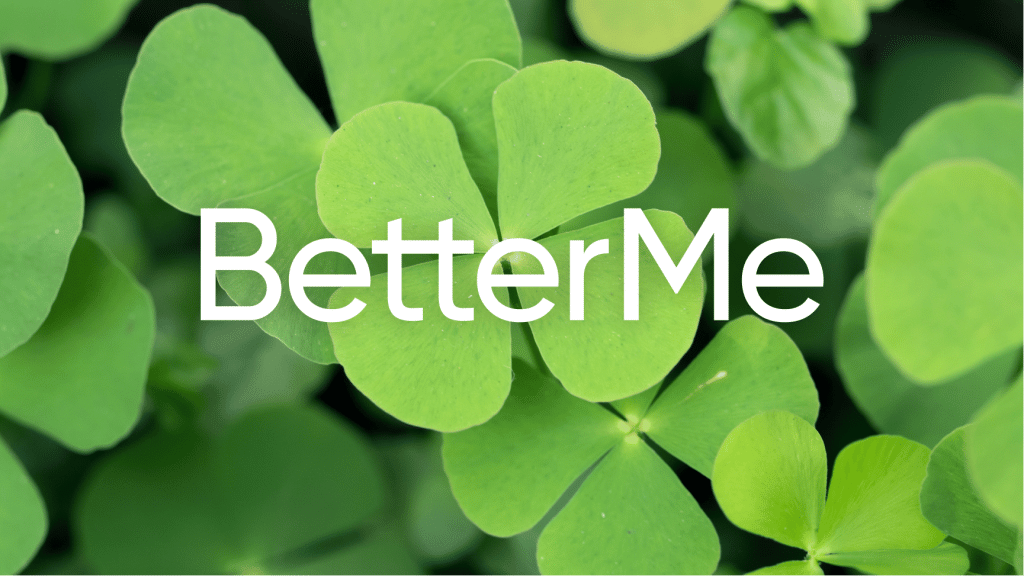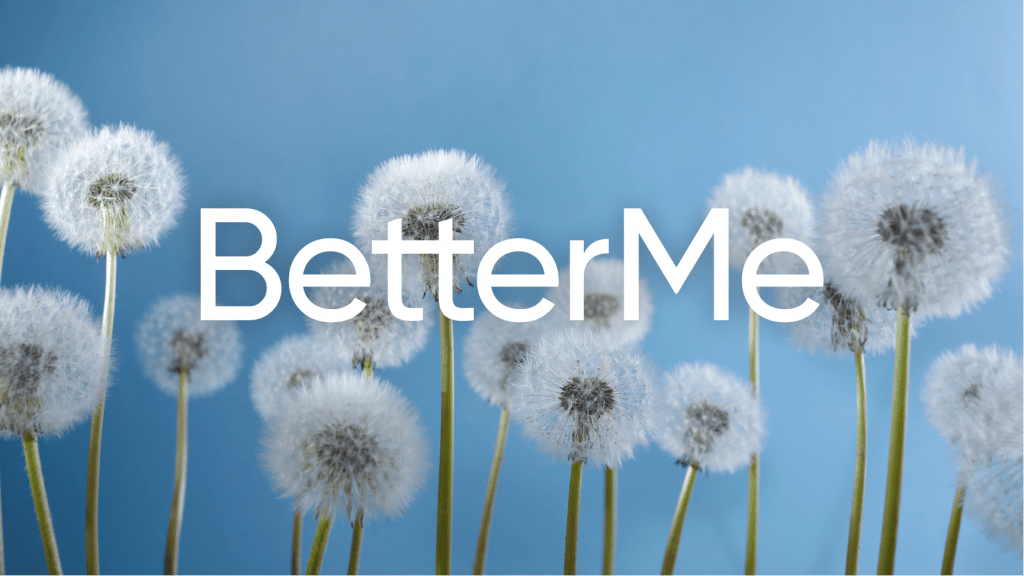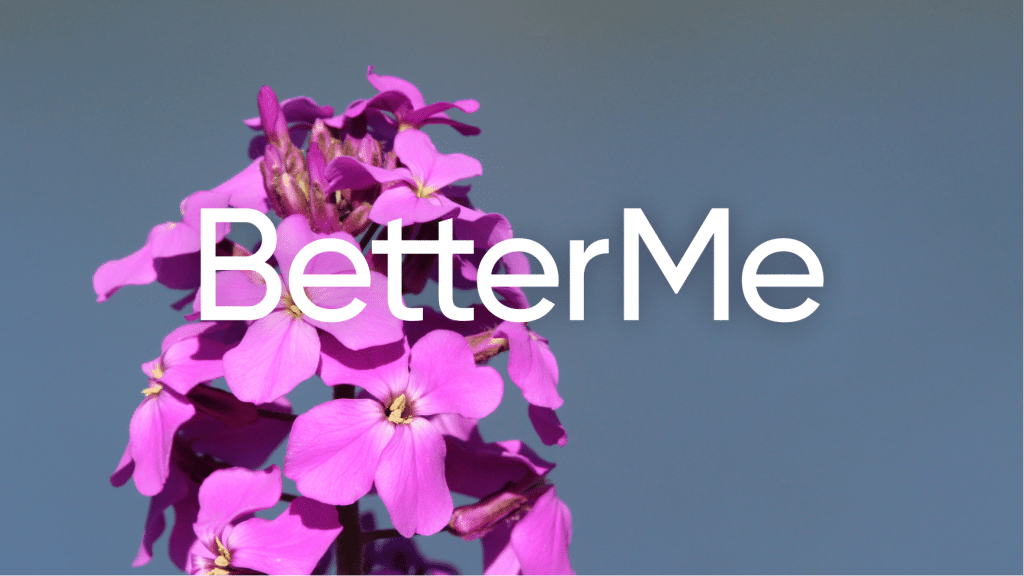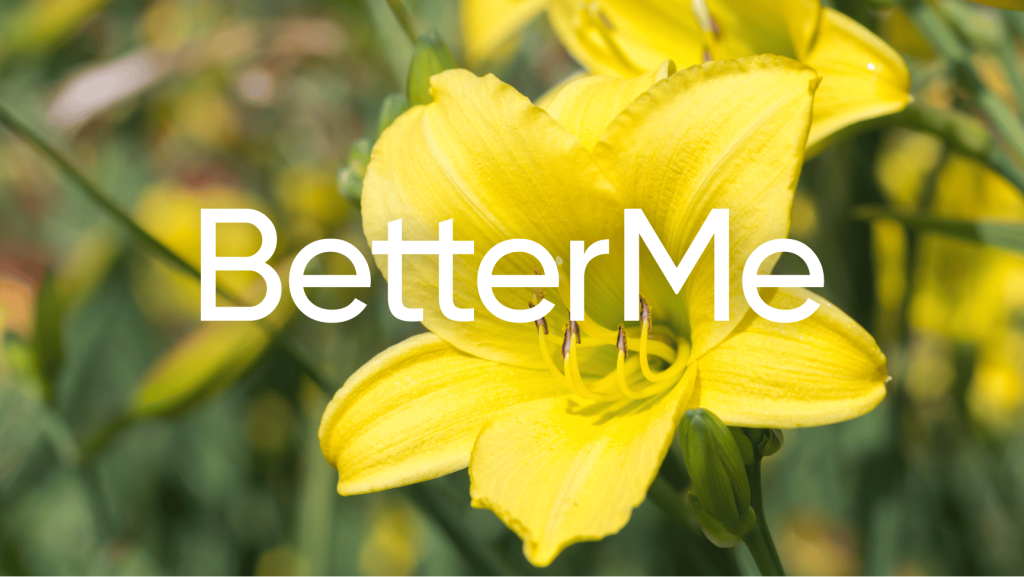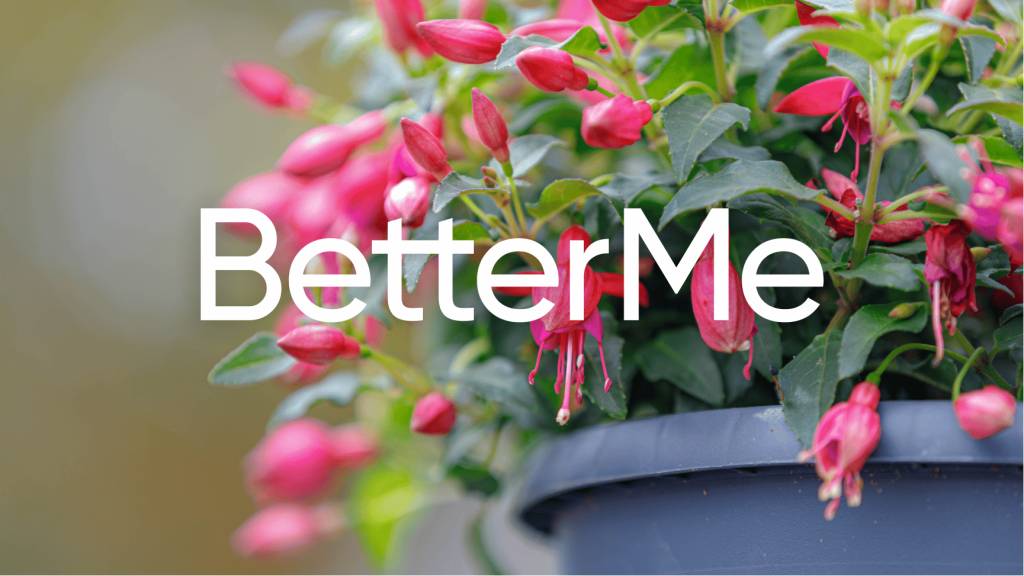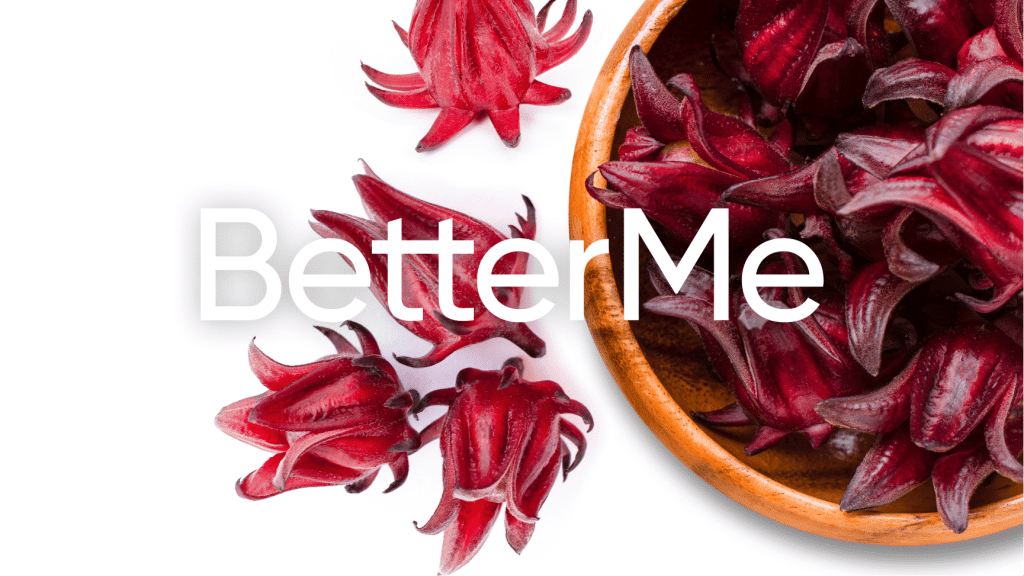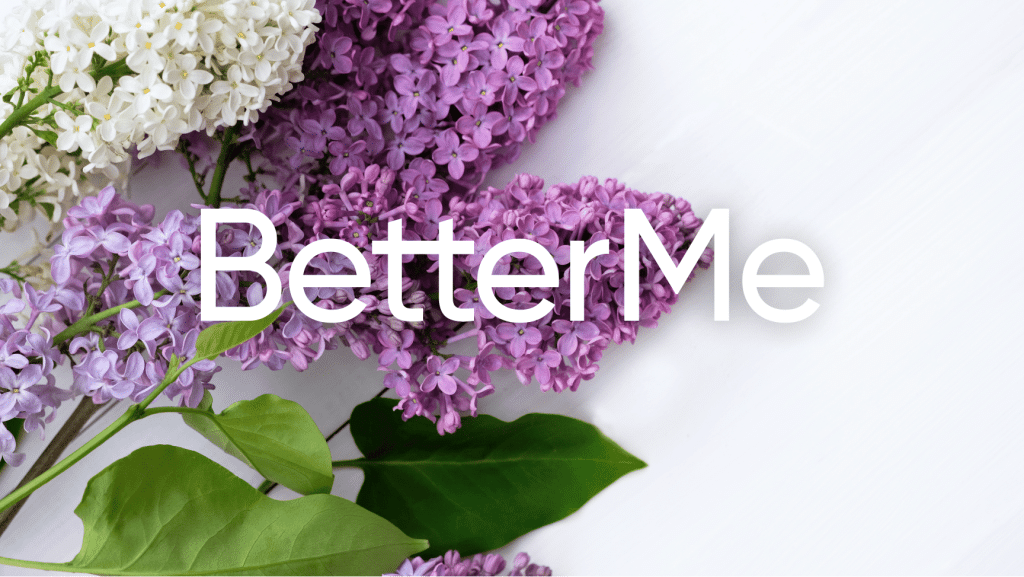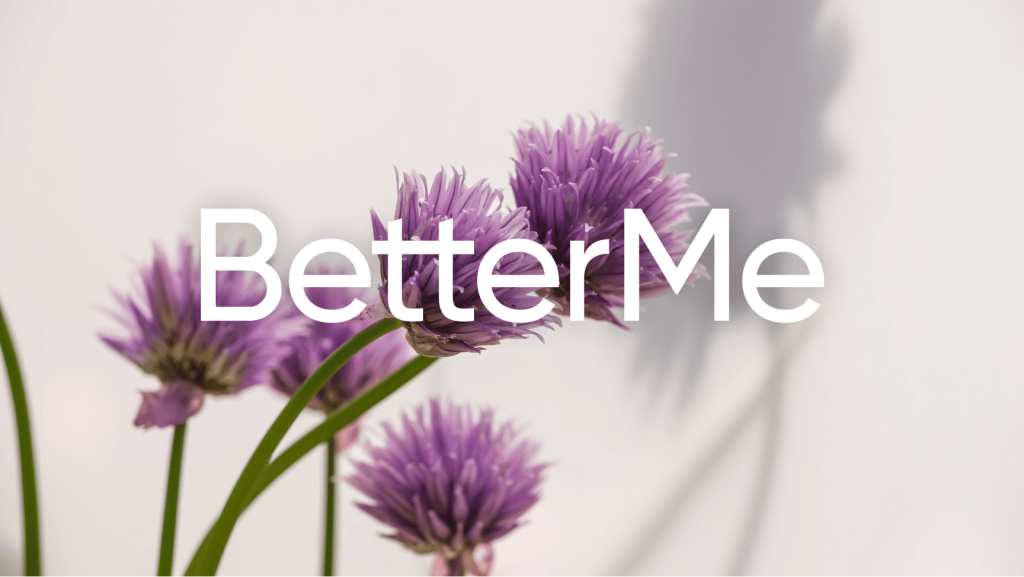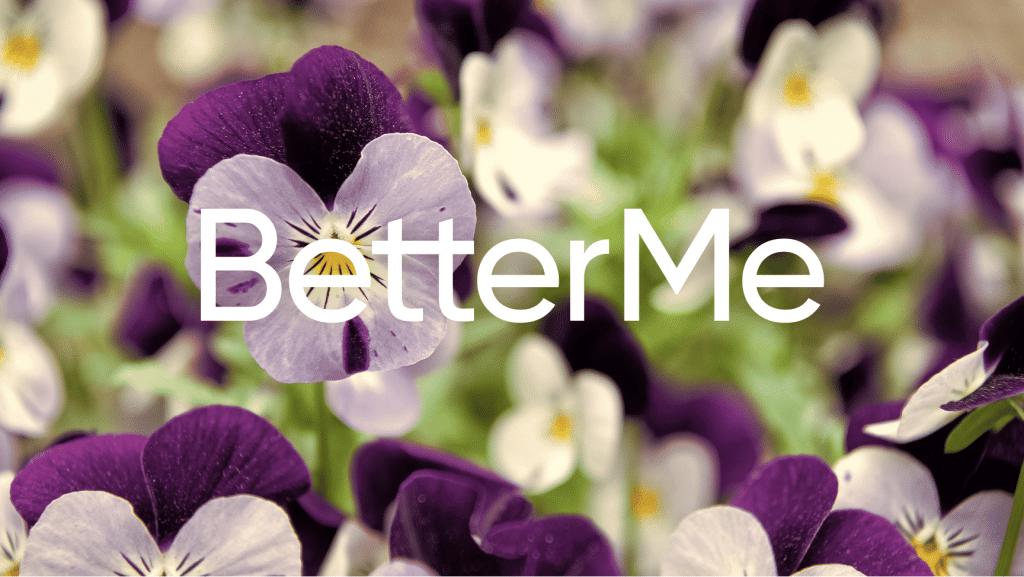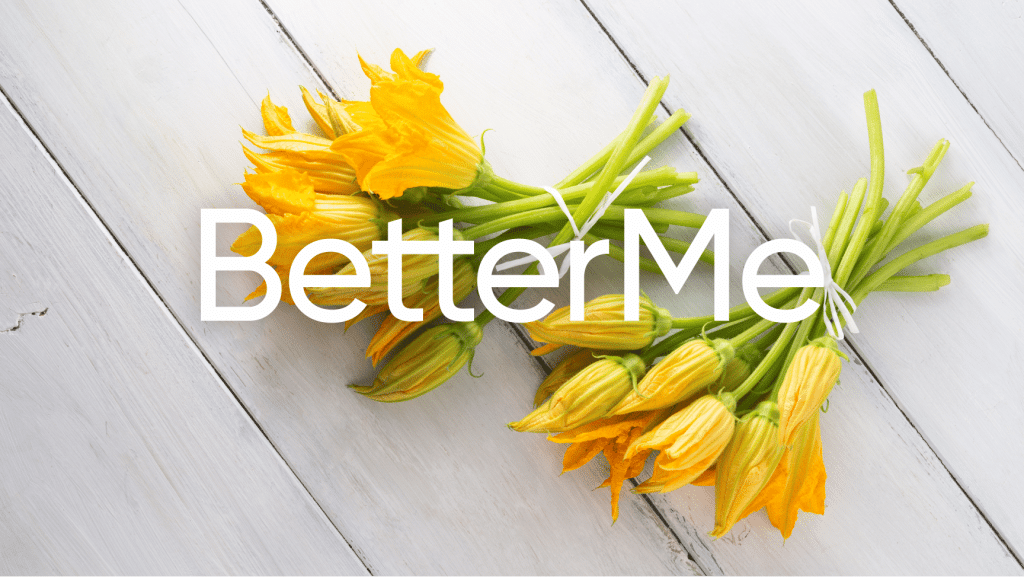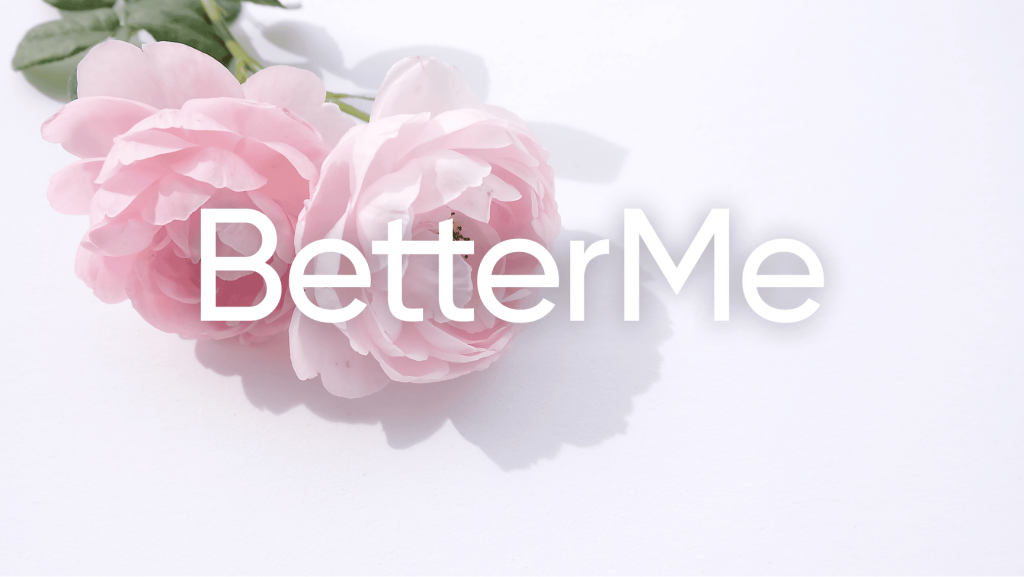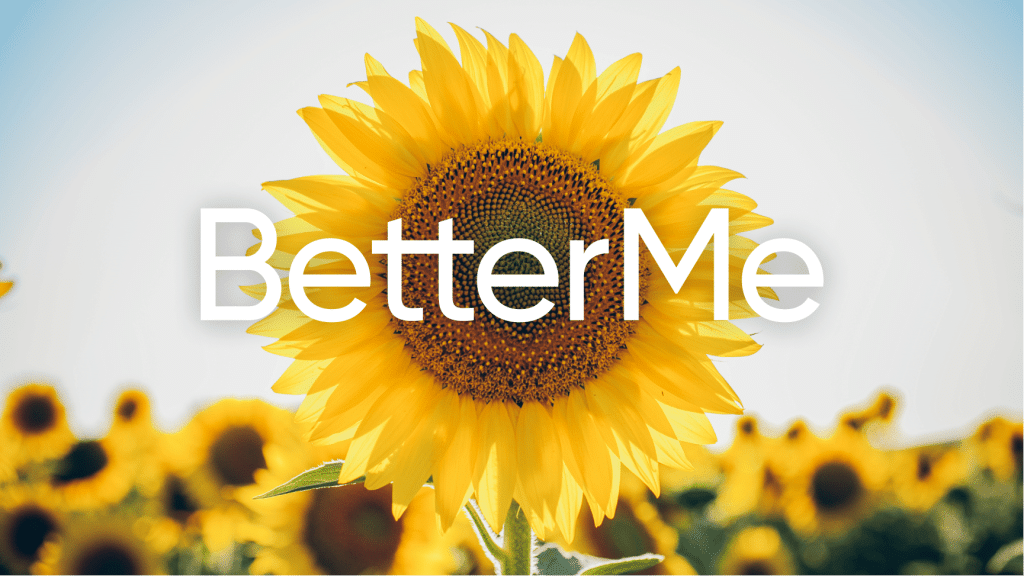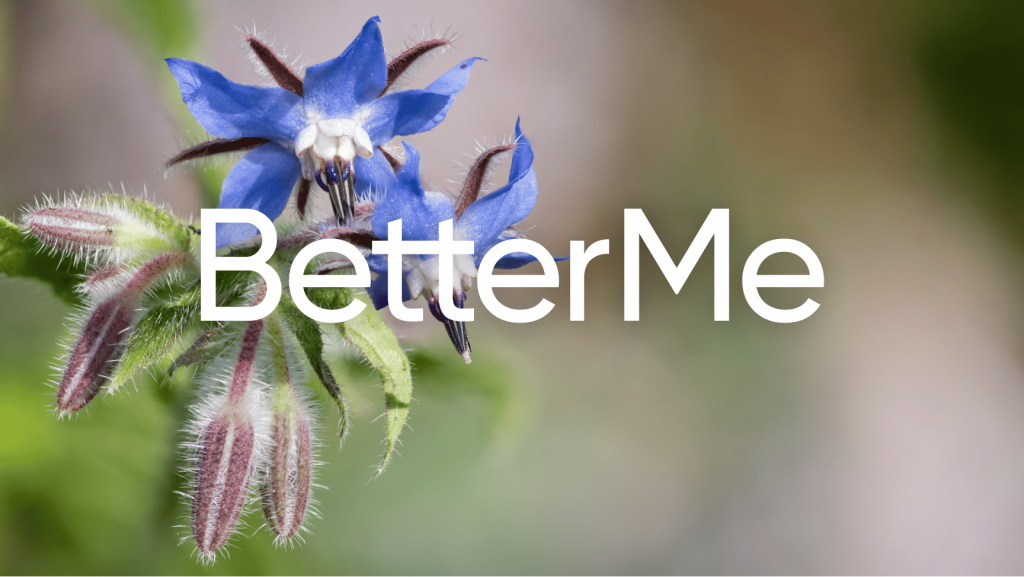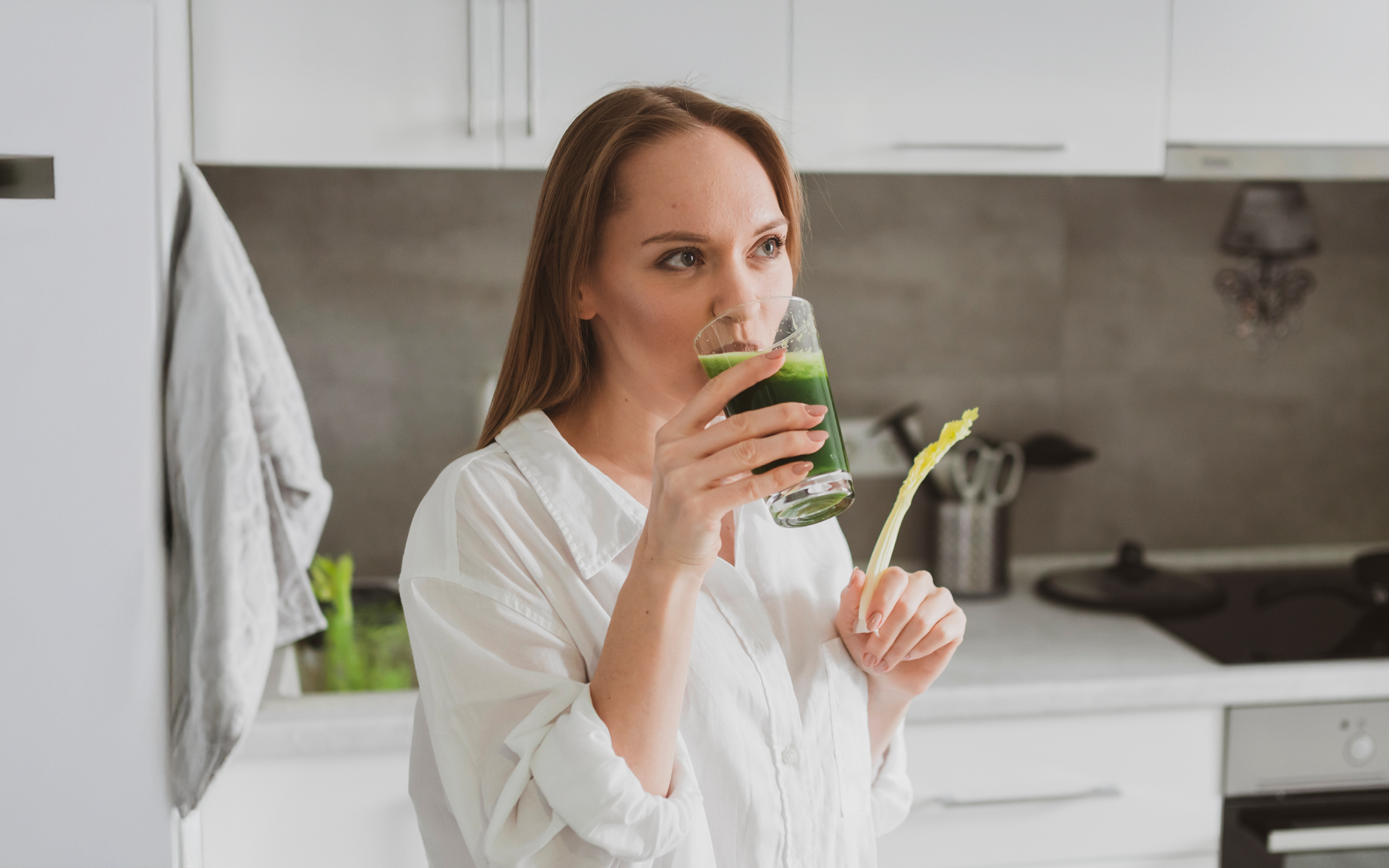Haute cuisine is all about pushing boundaries and taking risks. In recent years, chefs have been experimenting with all sorts of new ingredients, from mushrooms to sea urchin roe. But one of the latest trends to hit the culinary world is far less exotic– edible flowers.
Get your personalized
meal plan!
That’s right! Those pretty petals that you typically associate with bouquets and gardens are now being used to garnish dishes, add flavor, and even create colorful cocktails. And while the idea of eating flowers might sound strange at first, it’s actually nothing new.
In fact, people have been enjoying them for centuries.
The Victorians were especially fond of edible flowers, using them to decorate everything from cakes to salads.
Today, you can find them in all sorts of dishes, from soups and starters to main courses and desserts. They might seem like a gimmick from some people’s perspectives, but there’s actually a lot to love about edible flowers.
A few strategically placed petals can transform a simple dish into something truly special. They can also add unexpected flavor notes, like a hint of sweetness or bitterness. On top of that, they are really beautiful to look at.
How Many Types Of Flowers Are Edible?
The world of edible flowers is surprisingly vast. While there are hundreds of different types of flowers, only a handful are actually safe to eat. And of those, only a select few are commonly used in cooking.
Some of the most popular edible flowers include roses, violets, daisies, nasturtiums, marigolds, and hibiscus. But that’s just the tip of the iceberg. Other edible flowers include carnations, chrysanthemums, dandelions, lavender, pansies, and petunias.
If you’re feeling adventurous, there are also a few unusual options out there, like borage (aka starflower), daylilies, and hollyhocks. Just be sure to do your research before you start nibbling on random flowers from the garden.
Read More: Hummus Bowl Nutrition And Recipes
What Are The Most Popular Edible Flowers And Their Uses?
The edible flower list is long, but not all of them are created equal.
Here’s a closer look at some of the most popular edible flowers and their uses:
Begonia
The begonia is a popular ornamental plant that is grown for its beautiful flowers and colorful leaves.
The leaves, flowers, and stems of some species, such as Begonia cucullata and Begonia X tuberosa, are edible and can be used in salads or as a garnish. The taste of this flower ranges from bland to citrusy sour to slightly bitter.
In addition to being eaten, begonias have also been traditionally used for their medicinal properties. Some begonia species have been used to treat skin conditions, digestive disorders, and respiratory infections (3).
Calendula
Calendula, also known as pot marigold, or poor man’s saffron, is an annual herb in the daisy family. It has been used for centuries as a culinary and medicinal herb. Only the petals are edible and can be used fresh or dried.
Calendula is often used as a natural dye for food and fabrics as well.
The flowers have a slightly bitter, peppery, or tangy taste. You can sprinkle the petals on soups, salads, and pizzas, or use them to decorate cakes and cupcakes.
Chrysanthemum
The chrysanthemum is a member of the Compositae family, which includes daisies and sunflowers. Chrysanthemums come in many colors including white, yellow, pink, red, and purple.
The flower base is very bitter and should be removed before eating. The petals can be used to garnish salads, soups, or rice dishes. They have a faint peppery taste that can elevate the flavors of a dish.
Chrysanthemum tea is a popular beverage in Asia and is believed to have many health benefits including reducing inflammation and promoting digestion (4).
Clover
Clover is a member of the pea family and is native to Europe, Asia, and North America. The flowers have a sweet, honey-like flavor that makes them perfect for desserts or as a natural sweetener. Clover flowers can also be used to make clover wine.
To get the best flavor, avoid flowers that are turning brown or have been pollinated. Pollinated flowers will have a small, hard seed in the center that can be bitter.
Carnations
Carnation petals are one of the secret ingredients in the popular liqueur, chartreuse. The flowers can also be used to make tea or infused water.
This edible flower also has a sweet, clove-like flavor that is perfect for adding to desserts or as a natural food coloring. The flower base is quite bitter and should be removed before eating.
Dandelions
Dandelions are a member of the Asteraceae family, which includes daisies, chrysanthemums, and sunflowers. Dandelions are often considered a weed, but the entire plant is edible. The young, budding flowers are the best to eat; they also have a slightly sweet, honey-like flavor.
The leaves can be used in salads or cooked like spinach. The root can be roasted and ground to make a coffee substitute. Dandelion wine is also a popular beverage.
If you wish to free yourself from all the extra pounds that have been weighting you down for way too long, start using the BetterMe app and overhaul your entire life!
Dame’s Pocket
A rare flower that is only found in the mountainous regions of Nepal, Dame’s pocket is a member of the orchid family. The flowers are often used as a natural food coloring or dye.
The taste of Dame’s pocket flowers is similar to a radish with a slightly peppery flavor. The petals can be used to garnish salads, soups, or rice dishes.
The seed pods of the Dame’s pocket plant are also edible and have a nutty flavor. They can be roasted and eaten as a snack or used in place of nuts in baking recipes. You may sprout Dame’s pocket seeds to add a crunchy, nutty flavor to salads.
Daylilies
Daylilies are one of the most common edible flowers. They have a sweet, slightly tangy flavor that is perfect for adding to salads or as a garnish on main dishes and desserts.
While the petals are the most commonly eaten part of the flower, the stamen (the pollen-bearing part) can also be used as a flavoring agent.
Daylilies may act as a laxative or diuretic if consumed in large quantities (2). You must also distinguish them from other lilies that contain alkaloids and are not edible.
One way to tell the difference is by smell. Edible lilies have a sweet fragrance, while inedible ones often smell like onions or garlic. But do your research and don’t rely on smell alone.
Fuchsia
Fuchsia blooms are very delicate and have a sweet, tangy flavor. They can be used to garnish salads or desserts, they can be added to fruit dishes for a pop of color as well.
The flowers are also used to make fuchsia syrup, which is often used in cocktails or as a topping for ice cream. Their unique shape also makes them perfect for decorating cakes or cupcakes.
Read More: Mushroom Coffee Benefits And Side Effects
Hibiscus
Hibiscus flowers have a tart, cranberry-like flavor that is perfect for adding to desserts or using as a natural food coloring. They can also be used to make hibiscus tea, which is said to have many health benefits including lowering blood pressure and helping fight respiratory infections (1).
The said flower should be used when they are freshly picked for the best flavor. If you can’t use them right away, store them in the fridge until you’re ready to use them.
Lilac
Lilac is a member of the olive family and has a long history of culinary use. The flowers and leaves are edible, and the plant has been used in folk medicine for centuries.
The flavor of lilac is often compared to that of a grape. It can be used in sweet or savory dishes, depending on your preferences. Lilac can be found in some old-fashioned recipes for jelly and syrup.
Lilac blossoms are also lovely as a decorative element in cakes and other desserts. They can be candied or used to make lilac sugar.
Nasturtiums
Also called Indian cress, these peppery blooms can be used in salads or as a garnish. The entire flower is edible, including the stem, and has a slightly spicy flavor reminiscent of watercress.
Chive Blossoms
The flowers have a mild onion flavor and can be used as a garnish or in salads. These delicate purple blooms are also pretty in a springtime bouquet.
Pansy
Pansies have a sweet, slightly minty flavor and can be used as a colorful garnish on salads or desserts.
Squash Blossoms
These delicate orange flowers have a subtle squash flavor and can be used in salads or as a garnish. Sometimes they are fried and served as an appetizer. Be sure to remove the stamens before eating.
Roses
Roses are one of the most popular types of edible flowers. They can be used in a variety of dishes, from salads to soups and even desserts.
Roses have a delicate flavor that is both sweet and slightly floral. The taste varies according to the color of the rose, with darker varieties being more intense.
Sunflower
Sunflowers are an annual plant native to the Americas. The scientific name for sunflowers is Helianthus annuus. Sunflowers are usually tall with large flower heads that contain many small flowers.
The head is actually made up of two types of flowers: ray florets and disc florets. The ray florets are the outermost flowers and they look like petals. The disc florets are in the center of the head and are what will eventually turn into the sunflower seed.
These flowers are best eaten in the bud stage when the petals are still tightly closed. The petals can be used to garnish salads, soup, or rice dishes. The bud can also be sautéed or tempura fried.
When picking sunflowers to eat, look for flowers that have not yet opened and that have fresh-looking green stems. Avoid sunflowers that have brown or wilted petals.
Yanking yourself back in shape has never been so easy with our game-changing fitness app! Start transforming your life with BetterMe!
Violets
Colorful purple violets are easy to find in the springtime, making them a great choice for edible flowers. Violets can be candied, used as cake decorations, or added to salads for a pop of color (and flavor).
The heart-shaped leaves of violets are also edible and can be cooked like leafy green vegetables.
Borage
Borage is a herb that is native to the Mediterranean. It has pretty blue flowers that have a cucumber-like flavor. Borage flowers can be used to garnish cocktails, added to salads, or used as a decorative element on cakes or other desserts.
Dos And Don’ts Of Eating Flowers
While most flowers are safe to eat, there are a few exceptions. Make sure you know which flowers are safe before adding them to your next meal.
DO:
- Wash the flowers thoroughly before eating them to remove any dirt or pesticides.
- Remove the stamen (the pollen-covered part in the center of the flower) before eating.
- Remove any leaves or thorns from the stem.
- Only eat flowers that have been grown organically.
DON’T:
- Don’t eat flowers from florists, nurseries, or garden centers, as they may have been treated with chemicals.
- Don’t eat wildflowers unless you are absolutely sure they are safe to eat. Some flowers, such as azaleas and rhododendrons, can be poisonous.
- Don’t eat any part of a daffodil, as all parts of this plant are poisonous.
As you can see, there are many different types of edible flowers that you can add to your cooking.
Be sure to consult a guide before eating any flowers, and only eat flowers that have been grown organically and sold as edible. With a little bit of care, you can enjoy the taste and beauty of edible flowers in your cooking.
The Bottom Line
Flowers have been used as food and medicine for centuries. Today, there is a renewed interest in using flowers in the kitchen as well as for their health benefits. If you’re looking to add some flavor and color to your dishes, consider using some of these edible flowers.
Just be sure to choose flowers that you know are safe to eat and have not been treated with pesticides or other chemicals and wash them thoroughly before eating.
DISCLAIMER:
This article is intended for general informational purposes only and does not serve to address individual circumstances. It is not a substitute for professional advice or help and should not be relied on for making any kind of decision-making. Any action taken as a direct or indirect result of the information in this article is entirely at your own risk and is your sole responsibility.
BetterMe, its content staff, and its medical advisors accept no responsibility for inaccuracies, errors, misstatements, inconsistencies, or omissions and specifically disclaim any liability, loss or risk, personal, professional or otherwise, which may be incurred as a consequence, directly or indirectly, of the use and/or application of any content.
You should always seek the advice of your physician or other qualified health provider with any questions you may have regarding a medical condition or your specific situation. Never disregard professional medical advice or delay seeking it because of BetterMe content. If you suspect or think you may have a medical emergency, call your doctor.
SOURCES:
- 7 Benefits of Hibiscus Tea (2022, clevelandclinic.org)
- Hemerocallis (n.d., ncsu.edu)
- International Journal of Botany Studies A Short review on Ethnomedicinal uses, phytochemistry and pharmacology of Begonia malabarica Lam (2016, researchgate.net)
- Phytochemical Composition and Antioxidant Activities of Two Different Color Chrysanthemum Flower Teas (2019, nih.gov)

